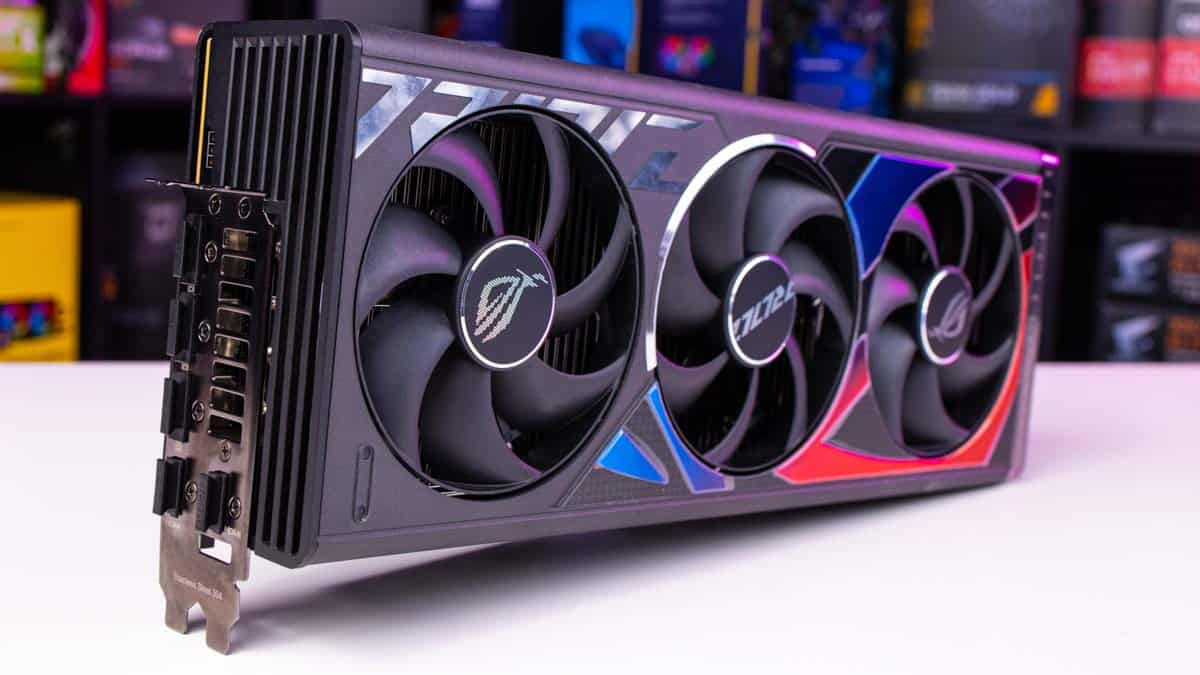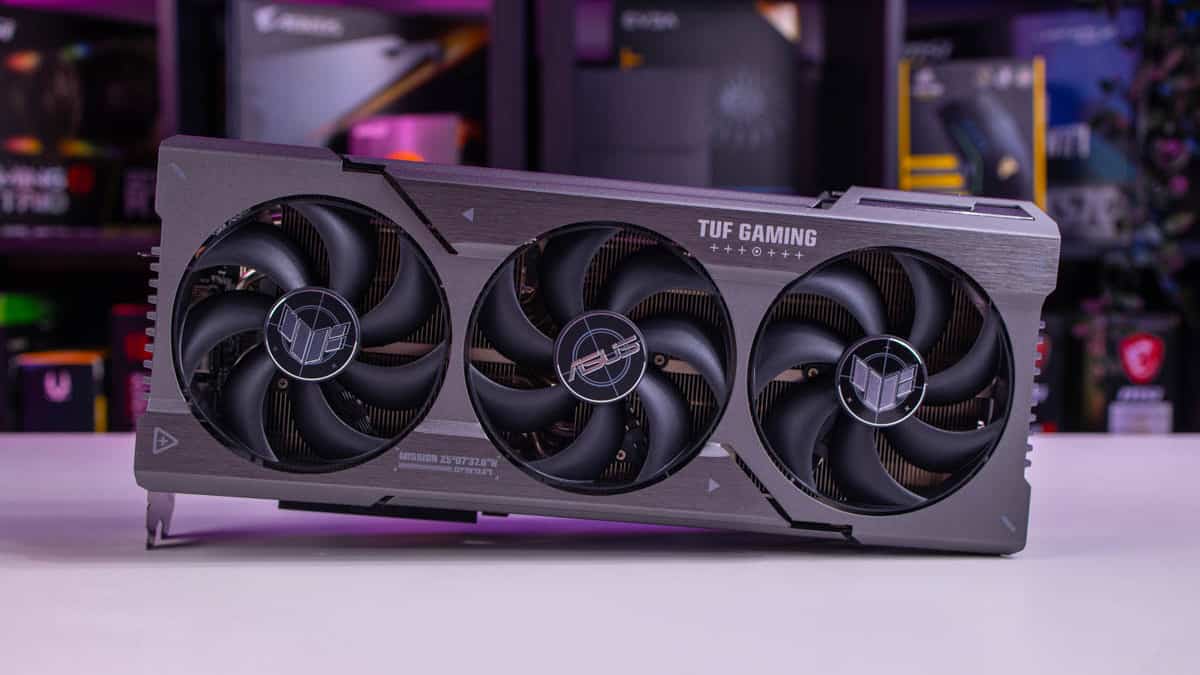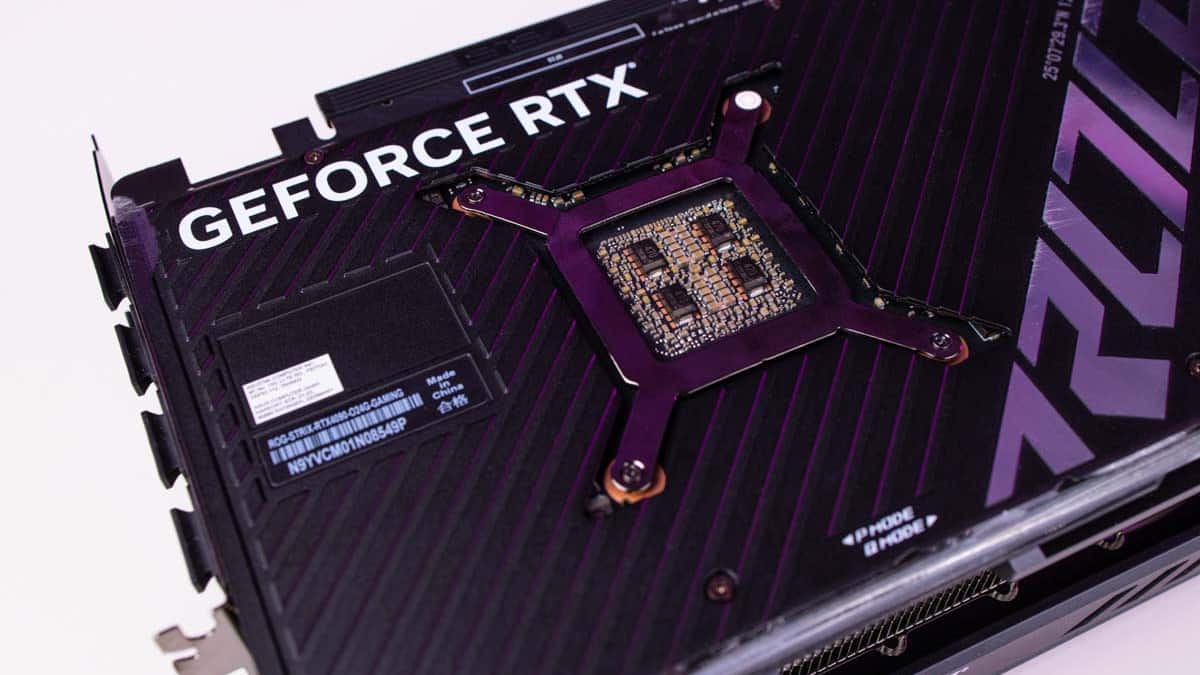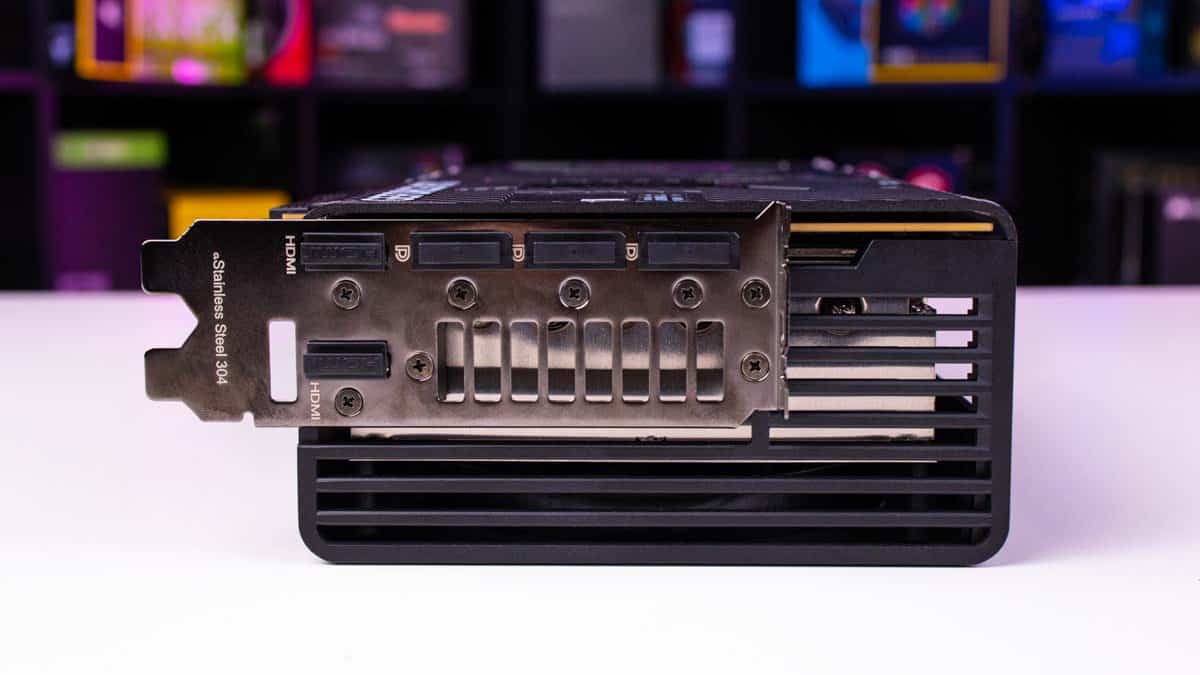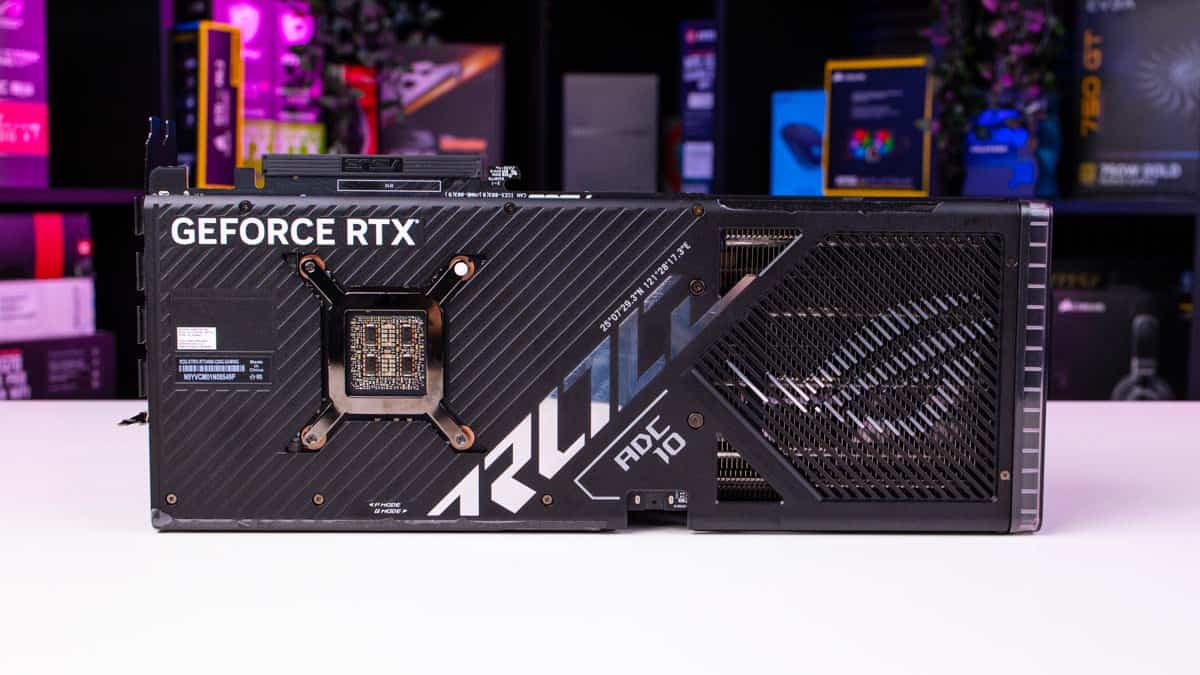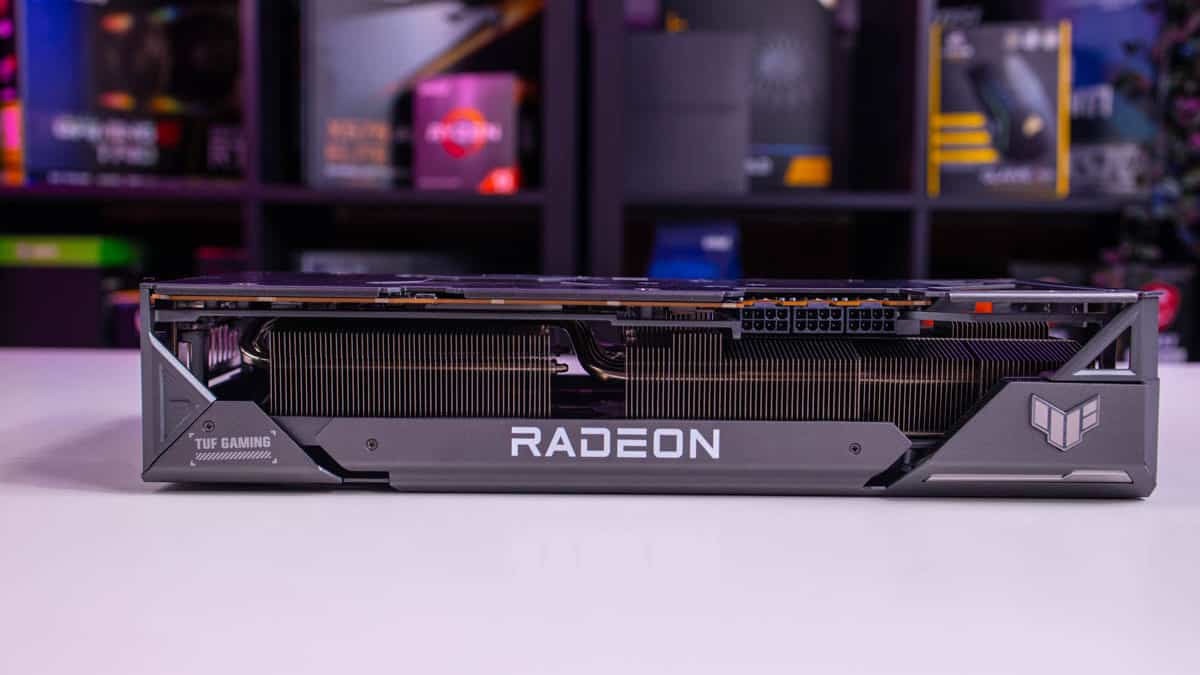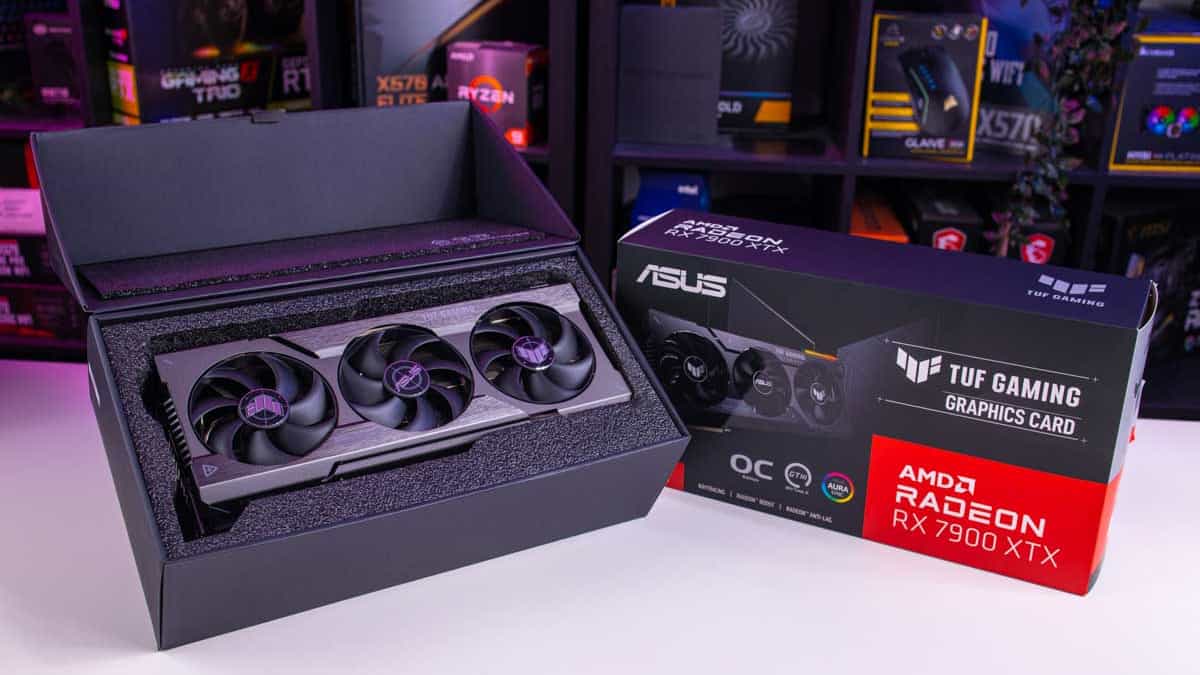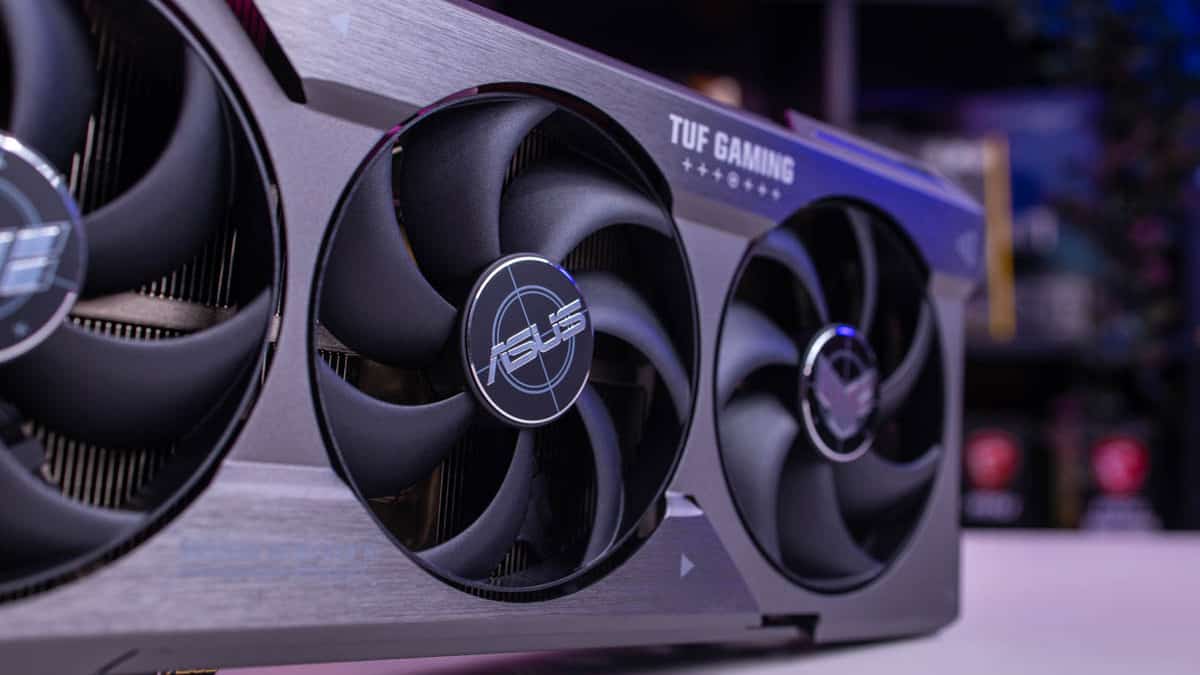Best GPU for engineering in 2025 – our top picks
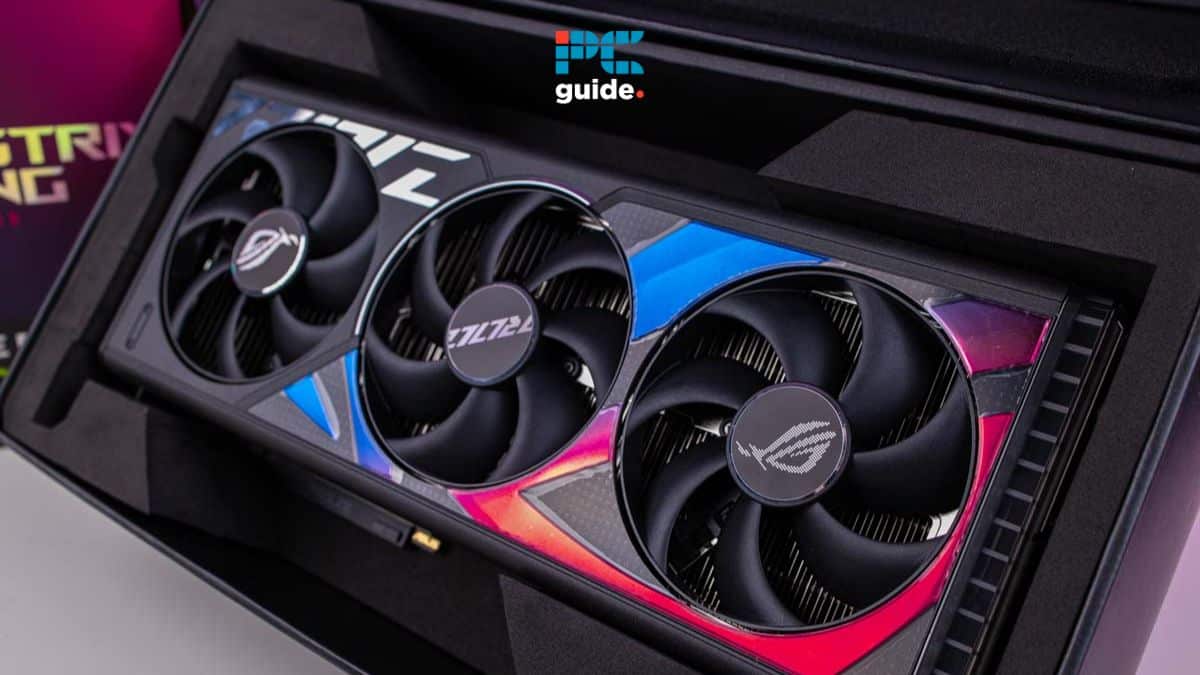
Table of Contents
If you are looking for the best GPU for engineering software and programs, then we have you covered right here. When it comes to work, having a powerful GPU is crucial to ensure smooth and efficient performance in various tasks, like 3D modeling, rendering, and simulations. Now, Nvidia and AMD have various GPUs that cater to professionals. However, their mainstream GPUs can also be used to run engineering software.
In this article, we will be exploring the best GPUs for professionals, including the top mainstream choice, the RTX 4090, and other alternatives that cater to different budgets and performance requirements.
Products at a glance
-
Best GPU for engineering
PNY NVIDIA Quadro RTX A6000
- GPU: Ampere GA102
- CUDA Cores: 10752
- VRAM: 48 GB GDDR6
- Memory bus width: 384-bit
- Bandwidth: 768 GB/sec
- Base clock: 1410 MHz
-
Best mainstream GPU for engineering
ASUS ROG Strix RTX 4090 OC
- GPU: AD102
- CUDA cores: 16,384
- VRAM: 24GB GDDR6X
- Memory bus: 384-bit
- Bandwidth: 1,008 GB/sec
- Base clock: 2235 MHz
-
Best AMD GPU For Engineering
ASUS TUF Gaming Radeon RX 7900 XTX OC
- GPU: Navi 31
- Stream Processors: 6,144
- VRAM: 24GB GDDR6
- Memory bus width: 384-bit
- Bandwidth: 960 GB/s
- Base clock speed: 1,929 MHz
How we selected the best GPUs for engineering
Our selection process for the best GPU for engineering was comprehensive and involved extensive research and at its core our own GPU reviews and our GPU testing process. We considered required performance, VRAM capacity, connectivity options, and overall value for money – alongside software compatibility considerations.
We also considered how well these GPUs performed in various software applications, such as AutoCAD, SolidWorks, and ANSYS. By evaluating each of these factors, we narrowed down to the top GPUs for engineering purposes, ensuring that you find the ideal graphics card to suit your needs.
- Unmatched performance for professional applications
- Massive 48GB GDDR6 for high data throughput
- Advanced ray tracing for improved rendering capabilities
- Expensive price tag compared to mainstream options
- Overkill for casual users
- High power consumption
If you want a GPU for your engineering software and work, then the Nvidia RTX A6000 is a good option. This GPU is not one of NVIDIA's mainstream ones because it is targeted towards professionals and creators. The Nvidia RTX A6000 is built on the Nvidia Ampere architecture, boasting a whopping 10,752 CUDA cores, which is the same amount as some of the high-end mainstream – but outdone by the RTX 4090’s 16,384.
Further, the RTX A6000 has a huge 48GB of GDDR6 memory, which means it can store and deal with large and complex models with ease. However, this isn’t a gaming-focused GPU, and – along with a lower CUDA core count than the 4090 – it doesn’t utilize the latest GDDR6X memory. So, while its large amount of memory can come in handy if your work involves intricate designs, 3D assemblies, and high-resolution datasets, it’s not primed for top-tier gaming.
…the Quadro RTX A6000 is certified for a broad range of professional applications, which means you shouldn't be too worried about compatibility issues.
PC Guide
Nvidia points out that the Quadro RTX A6000 is certified for a broad range of professional applications, which means you shouldn't be too worried about compatibility issues. However, it is worth contacting Nvidia with specific compatibility queries. Still, you can use this GPU for 3D modeling, rendering, and simulations, making it an ideal choice for architects, civil engineers, and mechanical engineers. With its advanced ray-tracing capabilities, you can expect realistic lighting and reflections in your projects, too.
Finally, the A6000 supports multiple high-resolution displays, ensuring you have ample screen real estate to work on complex projects efficiently. If you're a professional who demands the best performance and is willing to invest in a high-end GPU and who doesn’t need gaming support, the NVIDIA Quadro RTX A6000 is the top choice.
What users say
On Amazon, the PNY A6000 GPU has a rating of 4.2 stars. Users were satisfied with the performance and build quality of the product.

- GPU: AD102
- CUDA cores: 16,384
- VRAM: 24GB GDDR6X
- Memory bus: 384-bit
- Bandwidth: 1,008 GB/sec
- Base clock: 2235 MHz
- Powerful raw performance across applications
- High-spec 24GB GDDR6X memory for speed
- Support for Nvidia DLSS and Ray Tracing
- Highest MSRP for a mainstream GPU
- Triple-slot design requires ample space in the PC case
- High power consumption so hefty PSU required
If you want a mainstream GPU to run your software, then we think the RTX 4090 is the best option. It is the most powerful GPU from the Nvidia 40-series and AMD RX 7000 series era, and it's quite a beast. In our RTX 4090 review, we saw that the GPU can handle whatever task you throw at it – be that 4K gaming or 3D rendering – so you can expect this GPU to handle software easily.
To begin with, the RTX 4090 features 16384 CUDA cores, which are necessary for the overall performance of the GPU. Essentially, the more CUDA cores there are, the better the processing power will be. Further, the GPU has a boost clock speed of 2.52 GHz and a base clock speed of 2.23 GHz, so you can expect smooth performance even during demanding tasks. Coming to the memory configuration, the RTX 4090 has 24GB of GDDR6X VRAM, which is the most of any mainstream graphics card. Essentially, more VRAM means that the GPU can access files faster without relying on the system's memory, which is generally slower.
If you want a mainstream GPU to run your engineering software, then we think the RTX 4090 is the best option.
PC Guide
Alongside this, the GPU features a 384-bit memory interface bandwidth so you can expect high data transfer speeds. The RTX 4090 supports DirectX 12 Ultimate, ensuring compatibility with modern games and applications. Its DirectX 12 Ultimate capability guarantees support for hardware-raytracing, variable-rate shading, and more, making it an excellent choice for engineering tasks that require advanced graphics features.
As a triple-slot card, the Nvidia GeForce RTX 4090 features a robust cooling solution, ensuring stable performance under heavy workloads. Its display outputs include 1x HDMI 2.1 and 3x DisplayPort 1.4a, making it suitable for multi-monitor setups. Of course, the RTX 4090 does not come cheap at all. However, it is an excellent investment for engineers who need a powerful, feature-rich GPU to handle their workloads without compromise.
What users say
On Amazon, the Asus ROG Strix RTX 4090 has a rating of 4.5 stars, and more than 600 people have rated it. As per the reviews, people were satisfied with the performance and the cooling system. “This eats games at the moment, I’m loving it. Best purchase you can make,” one of the customers wrote in a review. However, the opinions were mixed on the price of the product.

- GPU: Navi 31
- Stream Processors: 6,144
- VRAM: 24GB GDDR6
- Memory bus width: 384-bit
- Bandwidth: 960 GB/s
- Base clock speed: 1,929 MHz
- Excellent price-to-performance ratio
- Capable 16GB GDDR6 memory
- Hardware ray tracing support
- Less powerful than top-tier professional GPUs
- Fairly high power draw
- Not the best mainstream option for engineers
If you prefer having an AMD card in your rig then you should check out the RX 7900 XTX GPU. This GPU often gets compared to the RTX 4080 and the RTX 4090 (although less so). And as the top-tier AMD option from the RX 7000 series, there are good reasons for this.
In our RX 7900 XTX review, we saw why this GPU was Team Red's flagship product. The GPU delivers powerful performance with 4K as well as 1440p. Plus, it is competitively priced, which gives it an edge in the budget department, when compared to the NVIDIA cards.
…you can expect the GPU to process any task thrown at it quite efficiently – useful for any system that wants to run demanding engineering software.
PC Guide
When it comes to technical specifications, the RX 7900 XTX comes with 6144 Stream Processors, 284 Texture Mapping Units, and 192 Render Output Units – so you can expect the GPU to process any task thrown at it quite efficiently – useful for any system that wants to run demanding engineering software.
Further, this AMD GPU also has 24GB of GDDR6 VRAM, which is ample and crucial for handling complex CAD models, huge data sets, and simulations. This is complemented by a 384-bit memory bus, so you can expect speedy data transfers, although you should note that the AMD card uses GGDR6 memory and not the faster GDDR6X specification.
What users say
On Amazon, the Asus TUF RX 79f00 XTX OC Edition has a 4.4-star rating and more than 350 people have rated the product. As per the reviews, buyers were pleased with the performance, quality, and price of the product. “I was easily getting around 200 fps in COD warzone with most settings on low and when i customized some settings to highs and mediums surprisingly i was still hovering around 175 average even spurts of up to 240 fps On 1440P,” a customer said in a review.
How to pick the best GPU for engineering
Here are some things to consider while getting a graphics card for your complex projects:
System requirements and certification
Before you get a GPU for your professional setup, make sure that the card is compatible with the software programs that you are planning to use. For instance, the ANSYS software is better compatible with NVIDIA’s CUDA cores. So be sure to look at the software you want to run and any specific GPU system requirements or recommendations provided by the software publisher.
The best GPU for you will be the one that handles your specific tasks without issue and efficiently. If you are unsure whether a specific graphics card is suitable, do contact support for the software publisher – or else you can check for hardware certification information, like Solidworks’ hardware certification page.
Processing power
As engineering applications can be demanding you need to ensure that the card has enough power to handle those programs. To do this you should consider CUDA cores (Nvidia) or Stream Processors (AMD). The higher the number of cores, the more powerful the performance. While GPUs performance in applications isn’t always down to raw speed, you should also check out the base and boost clock speed of any GPU to get an idea of the processing speeds.
VRAM and memory bus
You should also look at VRAM and the memory bus for your GPU. For engineering applications, you will usually need at least 8GB of VRAM so everything functions smoothly. As VRAM makes textures, accessories, and other complex data readily available to the GPU – so it doesn’t have to sift through the system memory – more VRAM will generally be beneficial. Similarly, a wider memory bus ensures faster data transmission.
Double-precision
Some engineering simulation programs need double-precision floating-point calculations to deliver higher accuracy, and some professional GPUs have this feature. For instance, the NVIDIA Quadro cards are specifically designed for professionals and offer better double-precision performance than GeForce cards.



